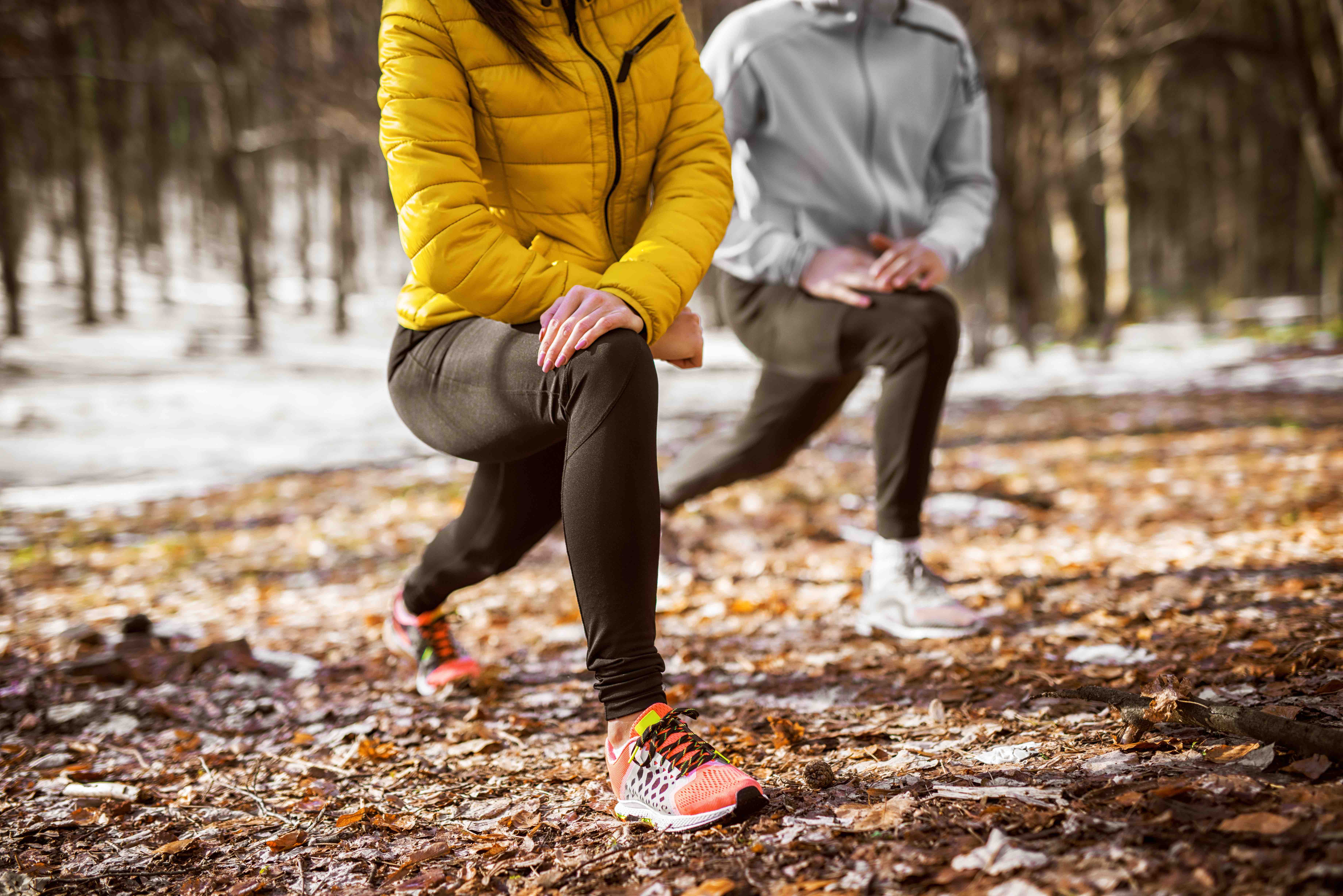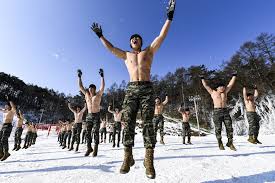You can achieve the same benefits of running in less time, while also building muscle, when you swap out your current aerobic workout with rucking. Most people have never heard of rucking, but it’s been used by the military to train soldiers since the American Revolution. Soldiers march on rugged terrain with their rucksacks (military term for a backpack), which are made heavy by the gear inside. The weighted backpack gives a great aerobic workout while simultaneously providing a solid strength training workout.

It sounds deceptively simple: just wear a weighted backpack and walk your way to being in great shape. While it sounds too good to be true, it actually isn’t. You can take advantage of this military training technique to build muscle and endurance in less time than you would be going to the gym.
The Benefits of Rucking
Rucking is a way to exercise in a highly efficient manner, as it targets several key areas of fitness at the same time. You can transform your body with rucking in many ways, including:
- building up your muscles, particularly your shoulders, core, and back
- shedding fat as you burn three times as many calories as you could walking without the backpack and get the same benefits of running and jogging (with less risk of injury)
- improving your overall posture as you strengthen your back muscles
- relieving and preventing back pain
- strengthening your hip and posture stability, making you less injury prone in general
Rucking effectively allows you to combine aerobic training and strength training while slicing your workout to a fraction of the time. The more you go rucking, the more you can notice its impact on the rest of your health. Your posture as you sit at your office desk is better. Your stamina is improved during your other workouts. Your pesky back pain decreases or vanishes entirely. Rucking provides lasting benefits affecting many areas of your health.

Beyond the health benefits, rucking offers an equipment free strength training workout that you can do in any location. Go rucking as you walk the dog around the neighborhood, as you hike the nearby park, or even as you go grocery shopping (though admittedly you will probably get some weird looks if you go rucking outside of generally accepted workout areas).
How to Pack Your Rucksack
You can use any normal backpack as a rucksack. Specially designed rucksacks can be purchased online, but you really only need these if you plan on consistently rucking with weight on the higher end of the spectrum.When packing weight into your rucksack, start off with around 10% of your bodyweight. Rucking engages underused muscle groups, so you will want to begin with a lower amount of weight and slowly increase it as you build these muscles. You should be cautious about exceeding 35 pounds once you make rucking a regular part of your workout routine. Too much weight too often can be harsh on your muscles and joints.Nearly anything can be used for rucksack weight, such as dumbbells or bricks. Wrap these in towels to stabilize them and reduce them moving around too much in your rucksack.As you place the weight in your rucksack, try to keep is as high up as possible. This helps ensure the weight better engages your upper back and shoulders. You can put yoga blocks or other sturdy materials in the bottom of the rucksack to ensure the weight stays high. Remember to treat rucking like any other workout, so be sure to pack enough water. Pack for the elements as well, throwing in sunscreen for a hot summer’s day or mosquito repellant for a walk in the woods. Toss in a first aid kit to be even better prepared.

How to Properly Go Rucking
Just start walking. Really, rucking is pretty simple. You can adjust the straps of your rucksack to help the weight stay up high. Beyond that, just be sure to stay aware of your posture and movement. Keep your shoulders back and core engaged as you walk. Rucking along hilly areas and steep hiking trails can be a good way to get even more in shape in less time. As you go rucking, make sure you do not run as it puts a heavy strain on your joints. The fastest you move should be a brisk walk. When you get tired, be careful to not lean forward as you walk. This places unnecessary stress on your knees and can lead to more blisters on your feet. Maintaining good posture is important to ensure the effectiveness and safety of your workout. Because the rucksack does not feel too heavy at first, it is easy to overdo it by walking too fast or too far the first few times out. Remember that you are likely using muscle groups your body isn’t used to engaging for very long. Keep the distance short on your first few trips, aiming for around two to four miles. Soldiers in great shape may ruck for up to 25 miles with a rucksack weighing up to 200-pounds, but you need a long period of time to work up to anything close to that point. Rucking is a great way to get the benefits of a traditional aerobic workout while also engaging in strength training. Swap out running or jogging with rucking and you’ll be amazed at how great, and strong, you feel once you start this highly efficient workout program.



%201.svg)









